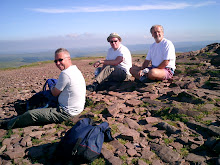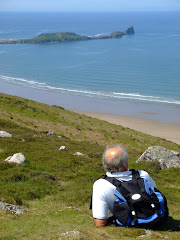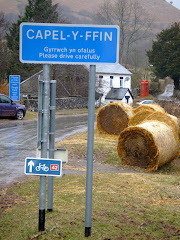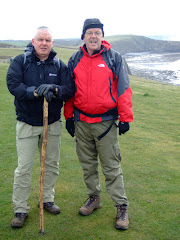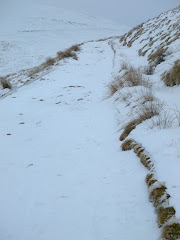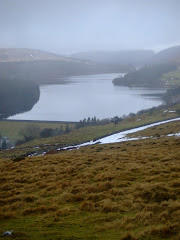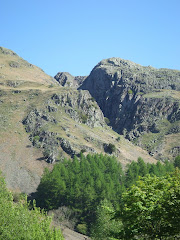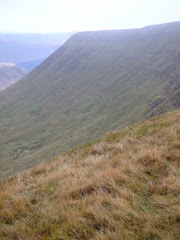
The morning of our final day in the second largest city in Sweden was spent wandering around the Haga district and a general wide sweep of the main harbour area.
Fortunately, most of the stores were closed for the Sabbath so very little money was actually spent!
Haga is renowned for its 19th century-atmosphere and cafés. Originally a working class suburb of the city with a rather bad reputation, it was gradually transformed into a popular area for both tourists and local residents.

The district was first established in the mid-17th century by Queen Kristina, making it Göteborg's first suburb. It was not until the 1840's that new industries were established in Göteborg, which led to an influx of workers into Haga, creating the first worker's district in the area. This led to a housing shortage during the 1870s and by the 1920s, after extensive expansion of the district, the population of the area began to decline.
A redevelopment plan drawn up in 1962 for Göteborg, which included the demolition of buildings in the district, in 1970 led to the founding of the Haga Group, with the aim to preserve the original architecture of the area. Between 1973 and 1977, demolition work decreased due to the pressure of the locals. This also moved the authorities to help restore some of the buildings which were already in disrepair.

Feskekôrka is a fishmarket by the Rosen Lundskanalen in the heart of Gothenburg. Feskekôrkan was opened on 1 November 1874 and the name is derived because it is compared to a church. In the 18th century, fishing was the most important industry for the city. In the past the fish market was a significant meeting point for residents of the city. However, in 1731 the Swedish East India Company was founded, and the city flourished due to its foreign trade with highly profitable commercial expeditions to Asian countries.

The harbour area developed into Sweden's main location for trade towards the west, and with Swedish emigration to North America increasing, Gothenburg became Sweden's main point of departure.

A lovely city with excellent facilities but rather flat!

















